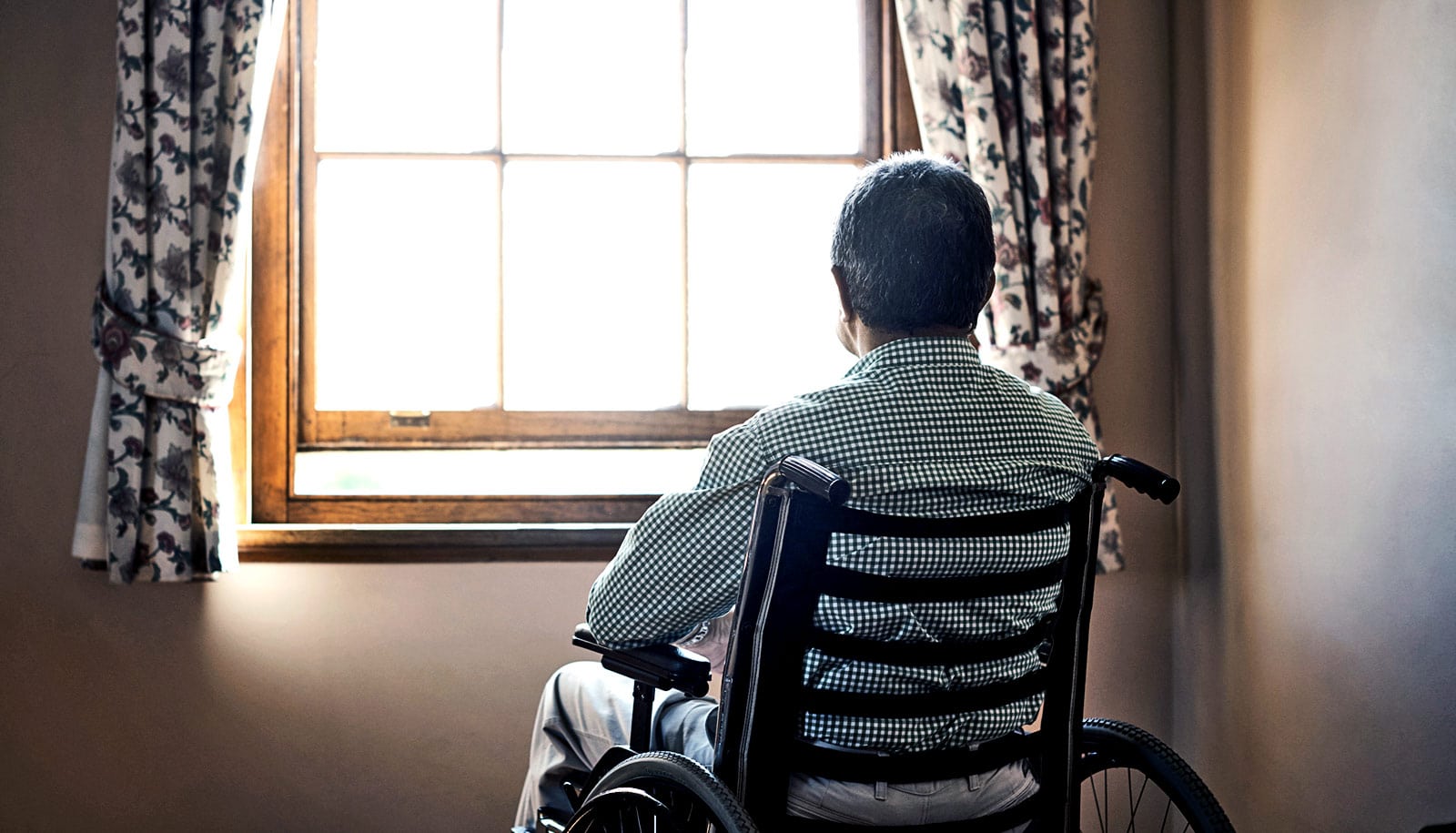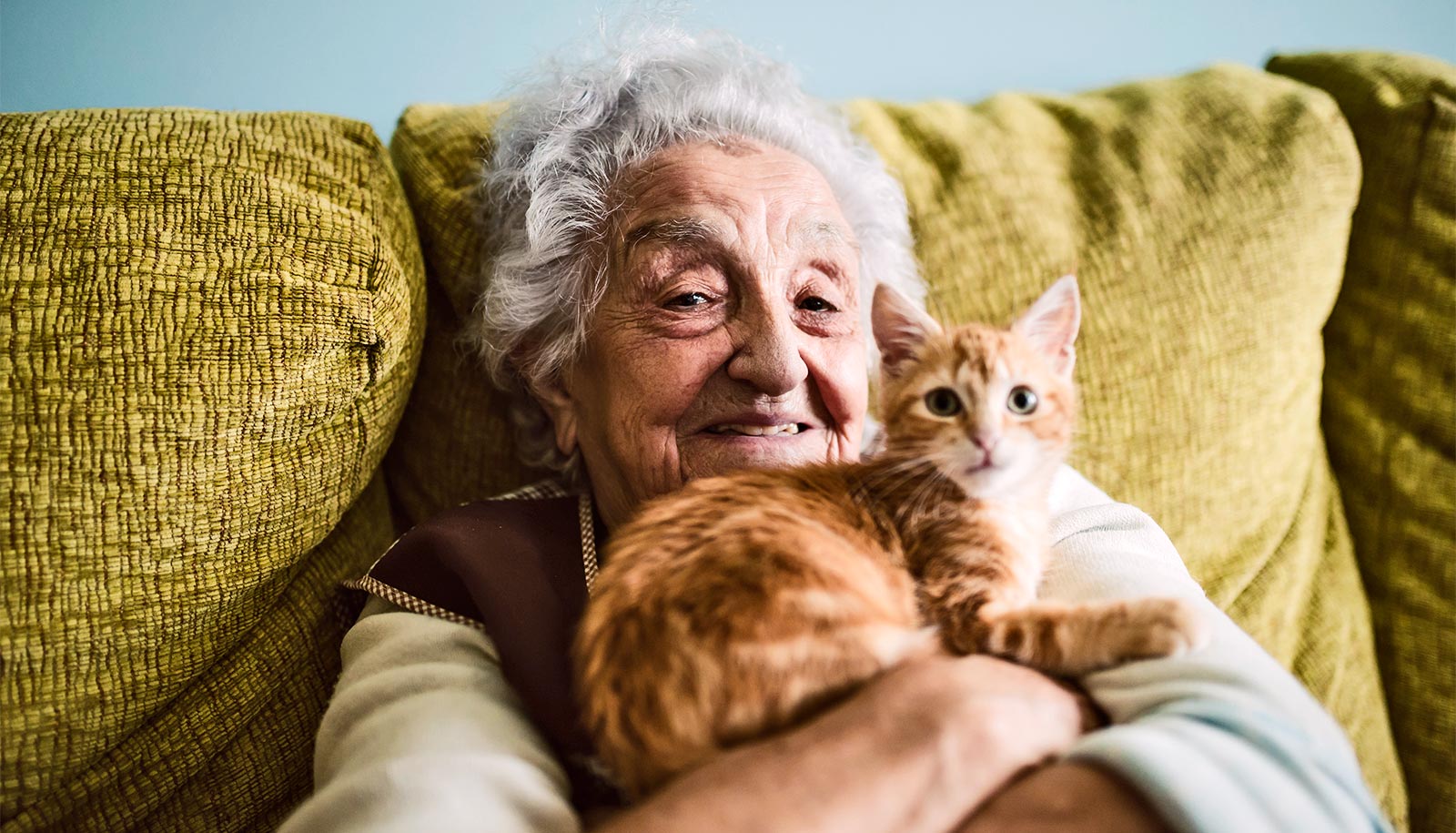A new study shows that 23 percent of people 50 and older who died by suicide had disclosed their suicidal intent.
Conditions associated with aging such as chronic pain, diagnosed or perceived terminal illness, social isolation, and the death of friends and family can push older Americans toward ending their lives.
“Health care providers need better preparation to screen and aid those in need to prevent suicide.”
Researchers used 10 years of data from the National Violent Death Reporting System to identify key trends about older people who committed suicide. They found the older the deceased were, the more likely they were to have disclosed their intent to die by suicide.
Deceased people who had suffered from depressed mood or health problems were more likely to have disclosed, as well as those who had recently received mental health care or undergone substance abuse treatment.
“Findings that depressed mood, health problems, and other stressors were associated with increased odds of disclosure indicate that suicide may have been prevented by providing the services needed to alleviate these problems,” says Namkee Choi, professor of social work at the University of Texas at Austin and lead researcher of the study that appears in American Journal of Preventive Medicine.
“Health care providers need better preparation to screen and aid those in need to prevent suicide,” Choi says.
The study also looked at other aspects of older-adult suicide. The data revealed that disclosure was most often to an intimate partner or other family member, with only a small number talking about suicide to a health care professional.
Death by firearm or by hanging/suffocation was associated with lower overall disclosure odds. Among firearm users, men were more likely to have disclosed than women.
“Because disclosing suicide intent provides an opportunity to prevent suicide and offer assistance in coping with stressors, the study findings have important clinical implications for increasing disclosure and preventing suicide among older adults,” Choi says.
Investigators pinpoint four important interventions that might help prevent suicide by elderly people:
- Health care providers, especially primary care physicians who work closely with older adults, should routinely assess suicide risk and inquire about access to guns and other means of suicide. Evidence-based prevention training programs such as Applied Suicide Intervention Skills Training should be considered.
- Public health campaigns aimed at families and other social support systems for elderly patients should discuss suicide warning signs and give information about how to seek help after a disclosure.
- Health care and social service systems need to ensure that older adults have access to services that address their mental and physical health needs such as therapy for ongoing emotional turmoil and crisis counseling, palliative care for chronic pain, and affordable and accessible long-term care services for chronic illness and disabling conditions.
- Older adults suffering from depression, mental illness, or substance abuse need tailored treatment services made to suit their specific needs. These services can be integrated into the primary care setting to ease access and reduce the stigma of getting mental health help.
Does a woman’s risk of suicide peak around 50?
Choi believes that as suicide rates for older Americans continue to climb, it’s crucial to take a close look at this issue and find opportunities for intervention.
“High late-life suicide rates in a rapidly aging society call for more effective ways to identify older adults at risk and provide prevention and intervention services,” Choi concludes.
Source: University of Texas at Austin



